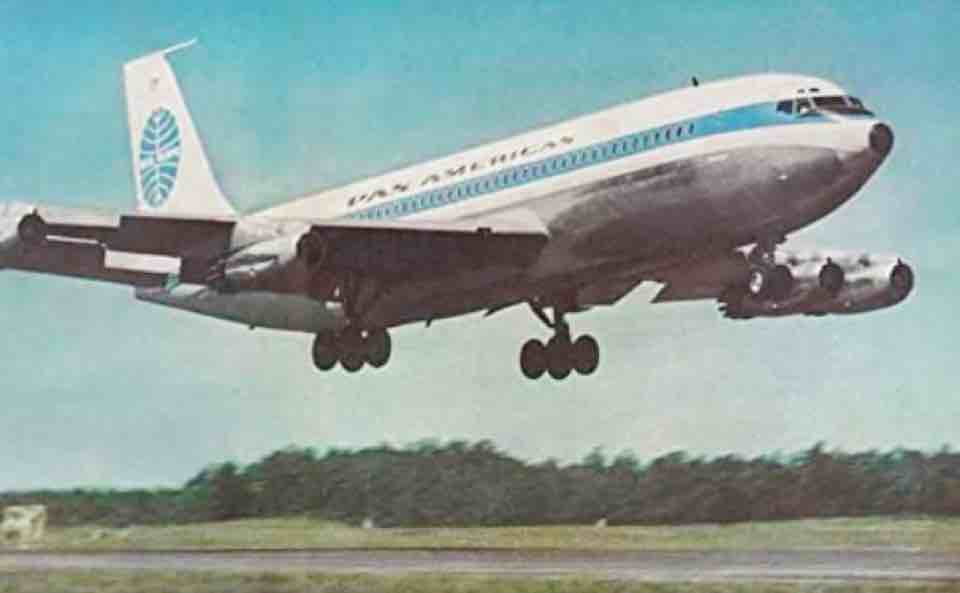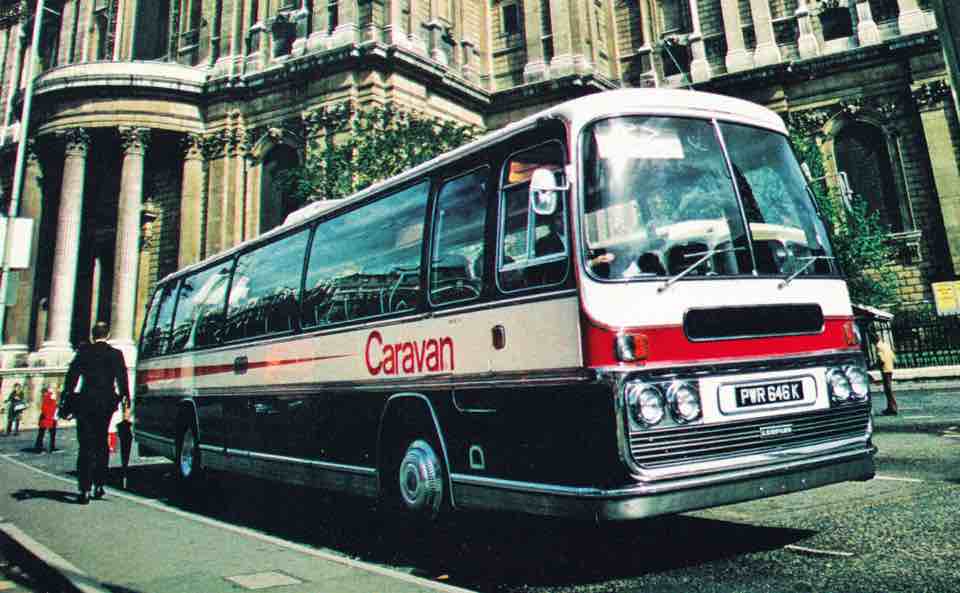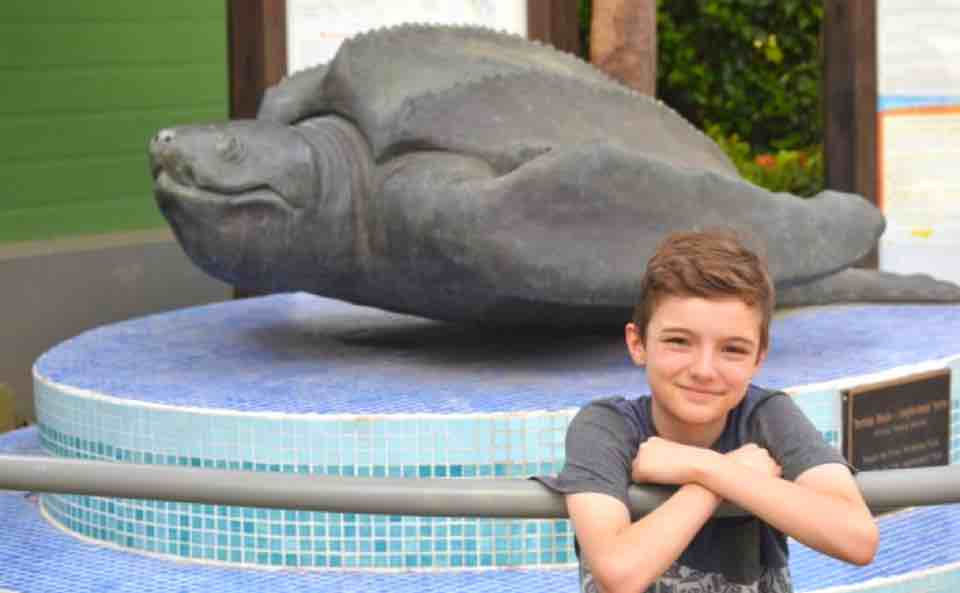Travel To The Coba Ruins In 2025
The Coba Ruins are elaborate stonework structures, still-standing echoes of one of the oldest civilizations in the Americas. Exploring the ancient roads and pyramids in the heart of the Yucatan jungle makes for a memorable adventure.
What Are The Pyramids of Coba?
The Pyramids of Coba, better known as The Coba Ruins, are ancient Mayan pyramids and structures in the Zona arqueológica de Coba, in Quintana Roo, Mexico.
Unlike other ancient Maya sites in Mexico, the site of the Coba Pyramid Ruins is a vast collection of separated structures, each connected to the main site’s hub by its white limestone roads (sacbéob).
Origins
Most of the pyramids were built between the years 600 and 900 AD, in the Late Classic era. However, the oldest hieroglyphs on the site can be dated back to the year 7 AD.
Restoration
In 1974, the Regional Center of the Southeast National Institute of Anthropology began Project Coba, an ongoing project to excavate and restore the ruins.
Archeologists estimate over 6000 settlement structures exist, most still unexcavated within the archeological site. However, less than 1% of the ruins have been excavated or made accessible to the public.
Where Are The Coba Ruins Located?
Geography In the Coba Ruins’ Region
The Coba Ruins are deep in the heart of the Yucatan jungle, in the state of Quintana Roo, Mexico. They sit among two freshwater lagoons: the Coba Lagoon and the Macamxoc Lagoon.
Near the ruins, visitors can find three, natural underground pools called cenotes:
- Cenote Choo Ha
- Cenote Tankach Ha
- Cenote Multum Ha
Today, the international popularity of the Coba Ruins has led to a micro-economy around Coba tours to spring up in the nearby city of Tulum.
Near Tulum, Quintana Roo, Mexico
Tulum is the largest city in the state of Quintana Roo. Once simply a coastal town thriving as a beach resort, over the years it expanded to include “Zona Hotela Tulum,” or Tulum’s “Hotel Zone.” Over 70 hotels, and nearly as many restaurants, line streets little over a mile from Tulum’s downtown.
From Zona Hotela Tulum, it often takes less than an hour to reach the ruins by car. By bike, the 35-mile ride typically takes about 3 hours.
Unlock The Ancient History of The Coba Ruins
Over 2000 years ago, Mayan rulers built a new city in the heart of the Yucatan jungle, taking advantage of nearby freshwater lagoons. Over the course of several centuries, the city grew and expanded, eventually becoming a cultural hub of Maya Civilization.
Coba became a bustling metropolis for over 50,000 people. It was the center of trade with other Mayan settlements, including cities as far away as Honduras.
Decline of Coba
Around the year 1000 AD, evidence indicates Coba experienced an economic decline. This might have been due to a power struggle with neighboring states, or to problems like disease or famine since lost to history.
The Maya continued to inhabit Coba until 1240 A.D., when the site was largely abandoned.
5 Fun Facts About The Coba Pyramids
While there’s so much to be re-discovered about these ancient wonders, there are a few fun facts we do know about.
The word “Coba” means “moved by wind,” likely an allusion to the breeze flowing over the freshwater lagoons.
The most famous stela at the site—an intricately carved stone slab called “Stela 1”—contains the longest hieroglyphic text in the Mayan language.
- Over 300 glyphs cover Stela 1’s surface.
A recently discovered stelae describes the story of the founding of the city of Coba itself.
A new study of ancient Maya artworks at the Coba site (and those nearby) indicates chocolate was used as currency in their system of commerce.
- Maya chocolate goods were used both for barter and as a tax unit.
Games of pok-a-tox, a popular ancient sport played in Coba’s court, were likely seen as sacred.
- Fragments of medicinal plants grown for religious purposes are still notable beneath the ballcourts today.
Unmissable Highlights of The Coba Ruins
The Coba archaeological site covers over 30 square miles of jungle, interspersed with ruins. It’s hard to experience the entire site in a single trip!
Fortunately, visitors often rave about a few, key highlights.
1. Walk The Coba Sacbeob (The White Roads)
The sacbeob are causeways, ancient “highways” built to connect the city of Coba to other nearby hubs of Mayan civilization.
The longest is a 100 km road from Coba to Yaxuná. The raised highways are forged in brilliant, bright white limestone, withstanding over a millennia of weather.
2. See Mayan Stelae Sculptures Up Close
Stelea are stone sculptures built as monuments and historical records. There are over 70 still standing in the Coba Ruins, many in palaces.
Some incorporate Mayan hieroglyphs, while others symbolically depict rulers and historical figures. Getting up close and personal reveals the intricate details of these ancient artworks.
3. Explore Coba’s Ancient Structures: Macanxoc, Noloch Mul, and Conjuto Pinturas
Coba’s structures are the buildings and bridges of the ancient city’s three hubs: the spiritual center Macanxoc, the Noloch Mul pyramid and palace, and the Conjunto Pintuas’ painted lintels.
Within these hubs, ruins of painting rooms, temples, sports arenas, and royal courts offer glimpses into the lost city’s long-hidden ways of life.
Can Visitors Still Climb The Ixoma Pyramid?
For many, climbing the Ixjoma Pyramid is the highlight of their Coba experience. At 42 m tall (138 feet), travelers can find the climb up its 120 steps a challenge.
Yet, rising to meet the challenge is immediately rewarding. The view from the top is an extraordinary vista, laying out miles of jungle canopy before you.
Unfortunately, in 2020, conservation authorities closed down the site’s famous, North-most pyramid. For a few years afterward, it remained off-limits to climbers.
However! Authorities have periodically re-opened the Ixjoma Pyramid to climbers from 2022 to 2024. As of January 2025, visitors are not allowed to climb any of the pyramids due to safety concerns.
Be sure to check local guidelines, as this rule might change again later this year.
What Is The Best Way to Visit The Coba Ruins Safely?
Most travelers visit the pyramids of Coba by way of Tulum, a popular beach and resort town on the coast of Quintana Roo.
Travel To The Ruins and Back By Bus, Collectivo, or Taxi
The most affordable way to travel to The Coba Ruins is by taking the ADO bus in Tulum. A round-trip ticket from the Tulum bus station to the Coba Ruins is about $17 USD.
Collectivos are shared taxis. They’re easy to hail in Tulum at the corner of Calle Osiris Norte and Avenida Tulum. Getting in a cab headed to Coba with other travelers is an affordable alternative to regular taxi services.
Regular Taxis from Tulum to Coba are plentiful and reliable. However, they’ll cost you slightly more.
Visit The Coba Ruins On Foot, By Bike, or By Tuk-Tuk
The ruins of Coba can be traversed on foot or by bike. But, the most popular mode of exploration is by tuk-tuk.
Most routes from the entrance to the Coba Ruins archaeological zone and the main attractions are 1 - 2 miles long. Walking or biking that distance in the heat isn’t tenable for many travelers—particularly for groups with children, older adults, and anyone using mobility aids.
Fortunately, tuk-tuk travel lets people enjoy the journey without risking exhaustion.
A tuk-tuk, also called an auto rickshaw, bici taxi, or pedaled tricycle, is a small, lightweight, typically electric two-passenger vehicle. Unlike regular cars, tuk-tuks can drive lightly on trails without damaging them.
By riding a tuk-tuk, a group can conserve energy, saving it up to explore the site up close.
Experience The Coba Ruins—And So Much More—With Caravan’s All-Inclusive Tours
Caravan has offered affordable, all-inclusive travel services since 1952. For over 70 years, we’ve earned and honored the trust of travelers like you with safe, well-planned, expert-guided adventures.
If you’re looking to travel Mexico’s Ancient Civilizations while skipping planning stress, look no further. When it comes to exploring the world, we’ve got you covered: our experts curate and book accommodations, food, transport, and attractions, so you can have the stress-free vacation of a lifetime.
Caravan is proud to keep our all-in-one tour packages at rates families can afford—without cutting corners. Want to learn more? Call one of our agents at 1 (312) 321-9800, or call 1-800-CARAVAN, and discover what’s possible.

 Why Travel with Caravan?
Why Travel with Caravan?



